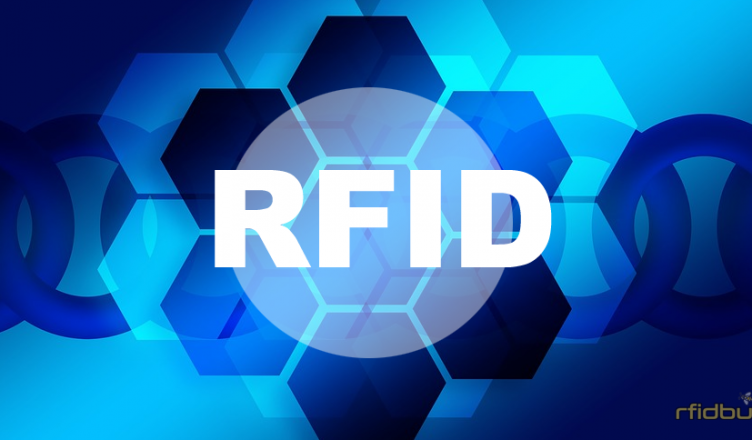Radio Frequency Identification technology refers to a technology which uses wireless non-contact radio-frequency waves to transfer certain data. In other words, this technology transfers digital information via tags or smart labels that are able to send and receive data. RFID technology is something like smart bar code technology. Due to its growing popularity and many benefits, in the following paragraphs, we will talk about what RFID technology is, about types of RFID, about RFID tags and smart labels and RFID applications.
WHAT IS RFID?
Radio-frequency identification, better known for its acronym RFID, is a technology that will soon replace barcodes. it is a type of technology which automatically identifies objects, collects data about those objects and sends the information into the system by using radio waves without human intervention. RFID technology uses RFID tags or smart labels which have digital data encoded in them. In addition, it uses an RFID reader and an RFID antenna. Even though RFID is similar to barcoding, it differs in many ways. Firstly, barcodes cannot transfer information, they are used only for tracking information Certain data is encoded in the barcode and once it is scanned it can be tracked. With RFID, the data is collected, converted and finally stored and analyzed. RFID tags can send and receive information which makes them a lot better than barcodes. In addition, you can read the data from an RFID tag without an optical scanner which is essential when it comes to barcodes.
TYPES OF RFID TAGS AND SMART LABELS
There are three most important types of RFID. there are low-frequency RFID cards with a general frequency range from 30 KHz to 300 KHz and which are used in animal tracking, high-liquid apps, and other. The second group is the high-frequency tags. These tags are used in DVD Kiosks, Personal ID cards, gaming, and poker chips because their primary frequency range is around 13.56 MHz. Ultra high frequency is the third type of RFID tags. These tags are separated into two groups, active and passive ultra-high frequency RFID tags. Active is used in auto manufacturing, vehicle tracking, asset tracking, and construction, while passive is used in supply chain tracking, manufacturing, pharmaceuticals, race timing, and many other industries.
RFID TAGS AND SMART LABELS
An RFID tag is composed of an integrated circuit and an antenna which is held together with a protective material that protects it from the weather conditions and other environmental conditions. The material depends on the use of the tags. Smart labels are a bit different from RFID tags. The difference is that Smart Labels possess both RFID tags and the technology of barcodes. Creating a smart label is not difficult at all. These labels are encoded on-demand and printed on-demand by using a simple printer.
RFID APPLICATIONS
RFID technology is used in many industries for the purpose of tracking information. This technology is being used in inventory management, asset tracking, supply chain management, personal training, etc. It is believed that the barcode industry will soon be upgraded by RFID, or by a combination of two.
The future of RFID technology is great. The technology is developing rapidly, and there are many benefits of using it. Firstly, a lot of data can be stored at the smart label technology and RFID tags. Secondly, RFID tags cannot be damaged that easily as barcode labels can. They can not get ripped for example.
RFID technology has been upgraded and improved a lot since its first invention during World War Two, and in the future we expect it to be improved even more and to replace barcode technology immediately.

